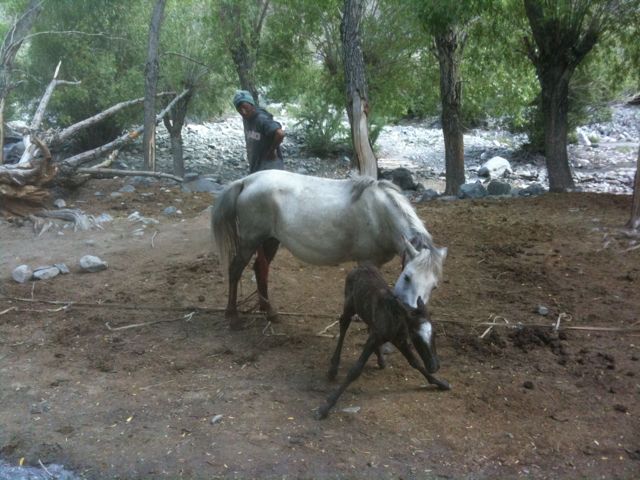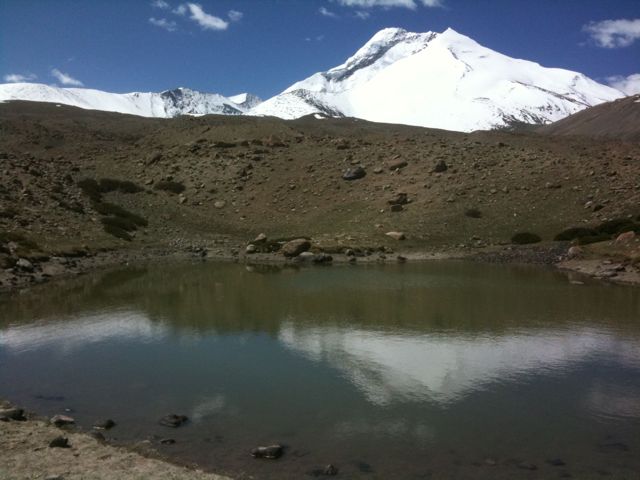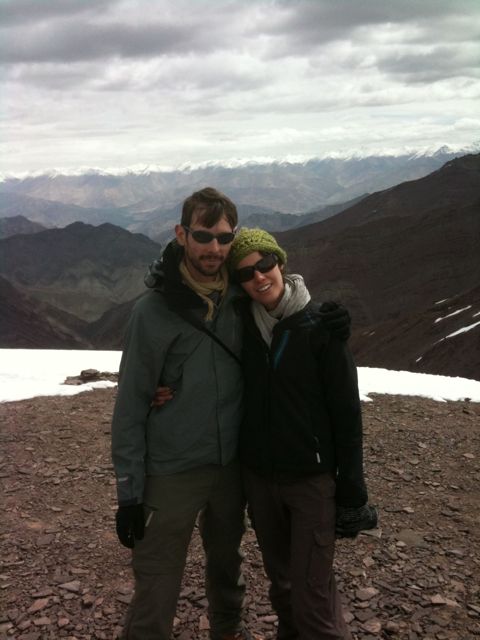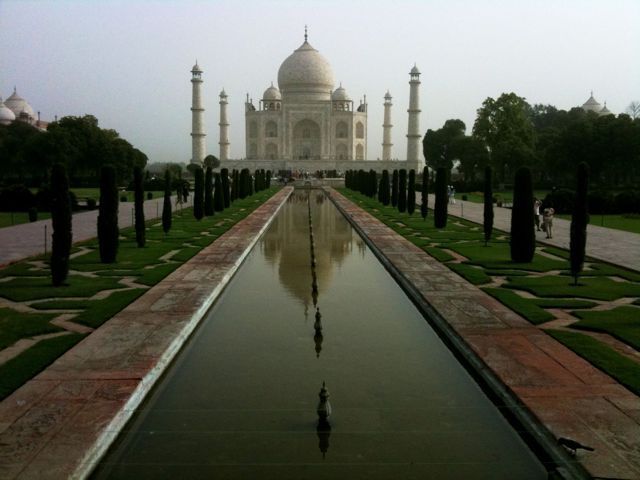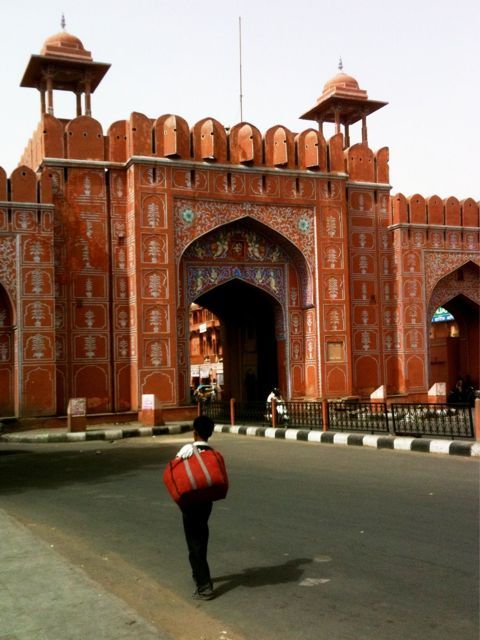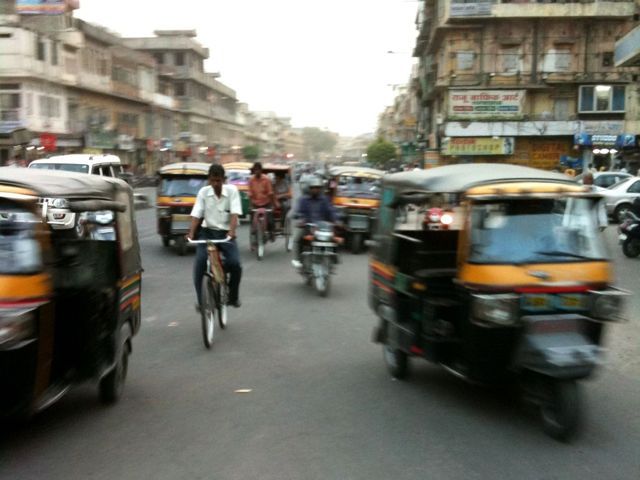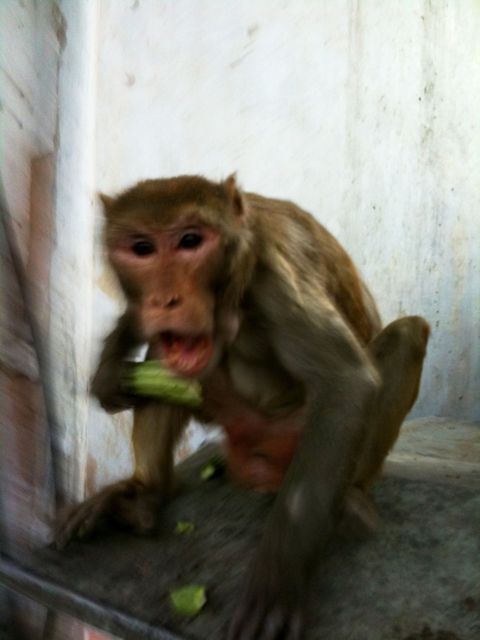Day 1-4: Delhi
We spent our first few days in Delhi running errands (step 1 buy a lonely planet!) and planning what we would do here in India (oh… foresight … how sweet you could have been!) It was nice though, because in between all that, we had a great time catching up with friends (through the ILO and travels) and seeing some beautiful sights (below, Humayun’s Tomb).

In the city, the poverty and wealth side by side are shocking (even when expected!). There are people sleeping on the side of the road (in mass), men pulling huge loads twice their size on carts… On the other hand, we were kicked out of a restaurant a friend chose because Nico’s shirt didn’t have a collar! We happily found another collar-less venue with ease…
Day 5 -16: Rajasthan
We spent a week and a half travelling around this very hot, very beautiful region. I think my favourite city there was Udaipur – this romantic lake-side city is filled with gorgeous palaces and calm relaxed people. Below’s a pic of the sunset we caught there.

Throughout the region, the architecture is amazing. Even aside from the delicate beauty of the Taj Mahal, every palace and fort we’ve visited have been pretty awe-inspiring. Some of the hotels and restaurants too – they’re in these 250-year-old buildings with beautiful courtyards centered around fountains, with ornate doorways and draping plants.
Wandering around residential neighbourhoods, the kids are super cute and the people friendly. It’s strange: in addition to asking us to shake their hands, take their photo and, on occasion, for money, the other common request is for pens. I’m really curious which former tourists came with mass amounts on pens… perhaps it was in the old lonely planet recommendation.
The streets are filled with animals – we even got a few glimpses of elephants! Monkeys and camels too! Cows here sorta resemble stray cats or dogs – they’re everywhere, wandering the street, nosing through the same garbage that any street animal would.

